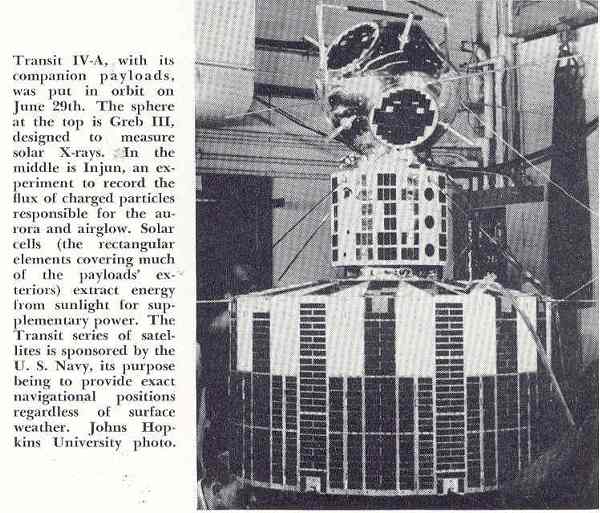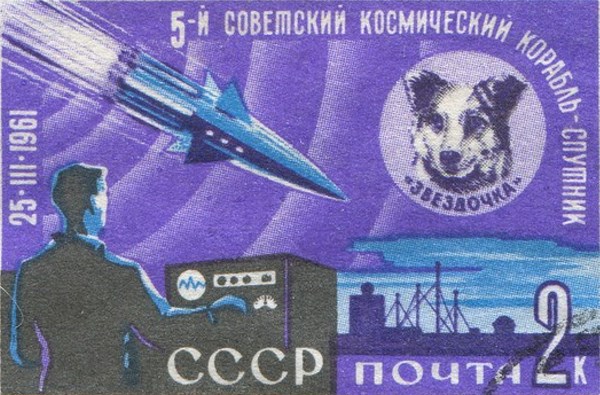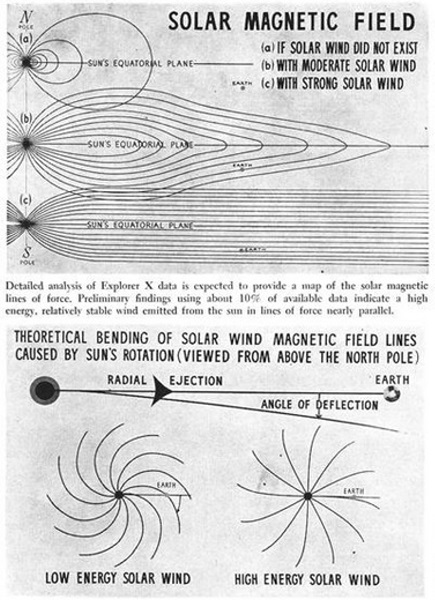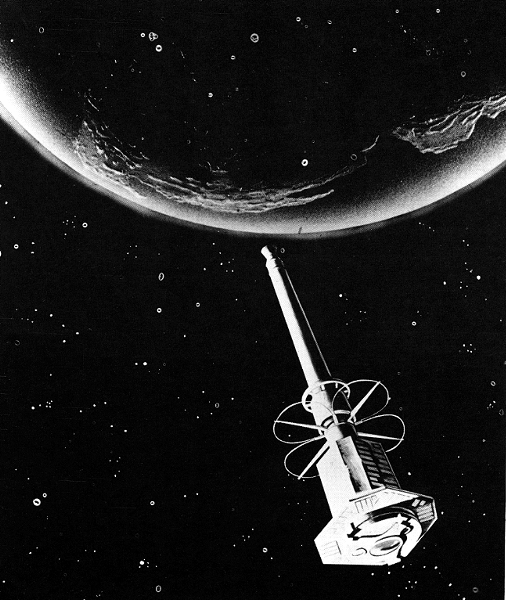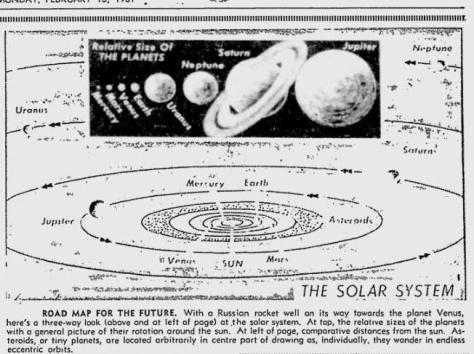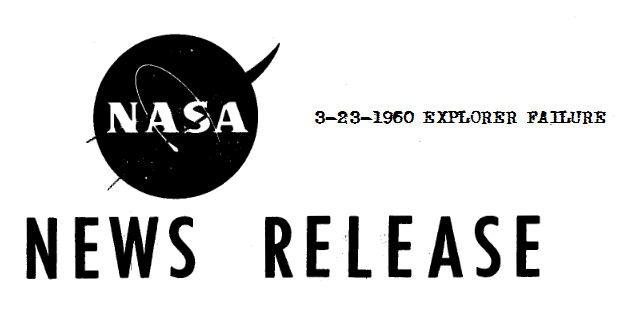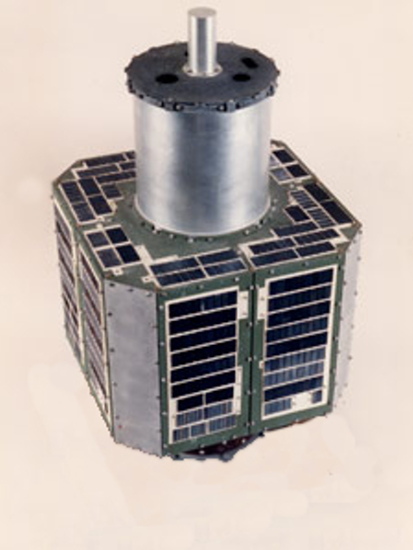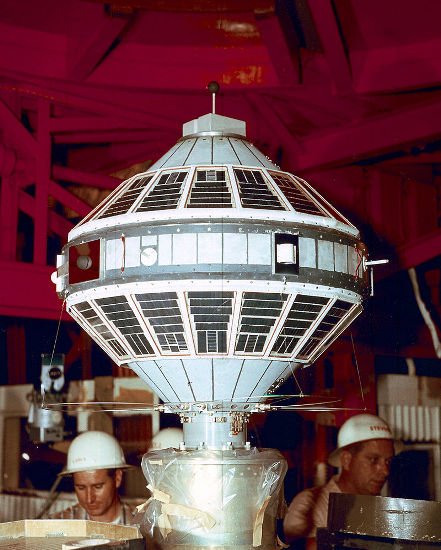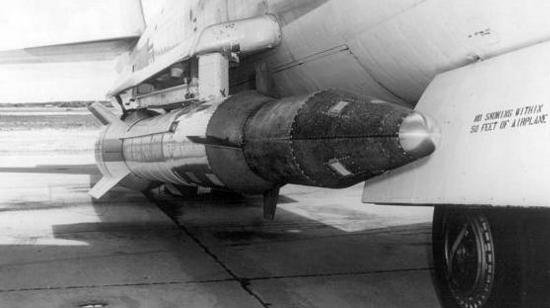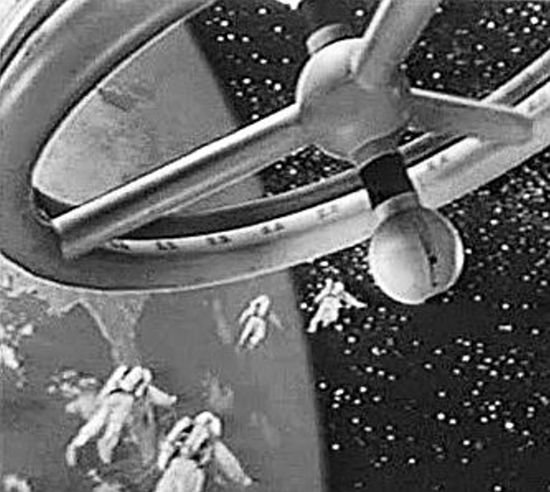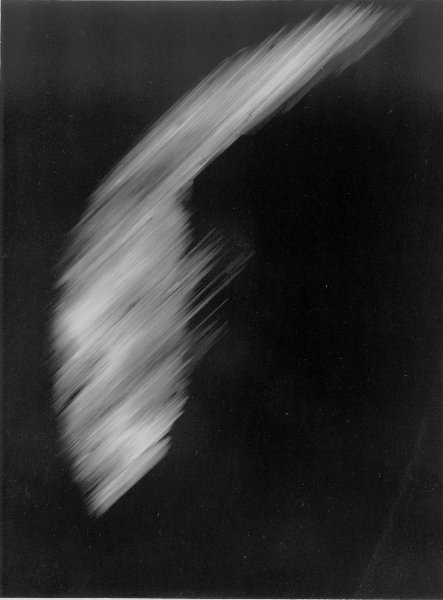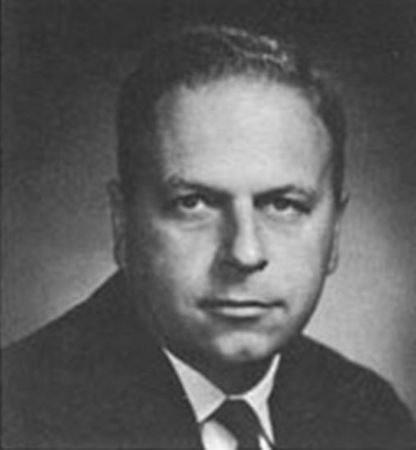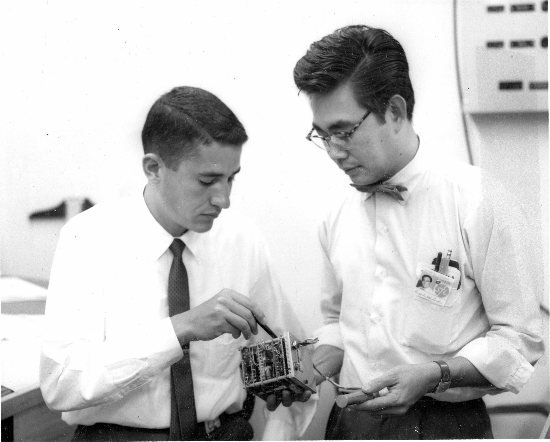
by Gideon Marcus

Did you ever eagerly wait for Christmas only to be disappointed by what you found under the tree (or, for my fellow Jews, under the menorah)? That's what this month must feel like for fans of the American space program. While the Soviets achieved a huge success in August with the multiple orbiting of Gherman Titov, the National Aeronautics and Space Administration had a lousy 31 days.
For one thing, our lunar efforts seem to be cursed. Ranger 1, launched on August 22, was the first of the third generation of Moon probes. The flight was a test mission, designed to range high above the Earth but not reach the Moon. Like the earlier Pioneer missions, Ranger 1 was far from a success. The second stage of its rocket, the much ballyhooed Agena, hiccoughed. Instead of going into a high orbit where it could do all sorts of interesting sky science, the satellite ended up in a low orbit that grazed the top of the Earth's atmosphere.

Not only was the poor probe doomed to a short life as the relatively thick air dragged Ranger 1 down with each circling of the Earth, it couldn't get enough power, either. Ranger was designed to bask for hours at a time in the Sun in the slow, high part of its planned orbit. Instead, the hapless vehicle plunged into shadow every 45 minutes causing it to vent great gouts of nitrogen gas to orient itself toward the sunrise which came three quarters of an hour later. Ranger quickly ran out of gas, its panels fell out of alignment to receive energy, and soon after, the ship's batteries gave up the ghost. When Ranger reentered yesterday, it had been silent for three days.
No science was gathered from the probe. About the only thing that can be said for Ranger 1 is that its systems worked properly despite the extremely adverse conditions. Let's hope Ranger 2, scheduled for October, breaks the bad luck streak.
Meanwhile, Explorer 13, a craft of the S-55 class designed to measure all the dust and rocks whizzing about in orbit, went up on August 24. Like Ranger, its orbit was lower than planned, and it fell blazing to Earth just four days later. Not that the lifespan of the "beer can" satellite meant much – not a single impact was recorded on any of the probe's wide array of sensors. Again, the NASA boys found a silver lining: now they know to equip the next S-55 with more sensitive detectors!
Even the Air Force has been having a rough time of it. Their 28th Discoverer spy satellite failed to orbit on August 4. Discoverer 29 went up yesterday; we'll see if the flyboys are able to recover their film capsule or not in a few days.
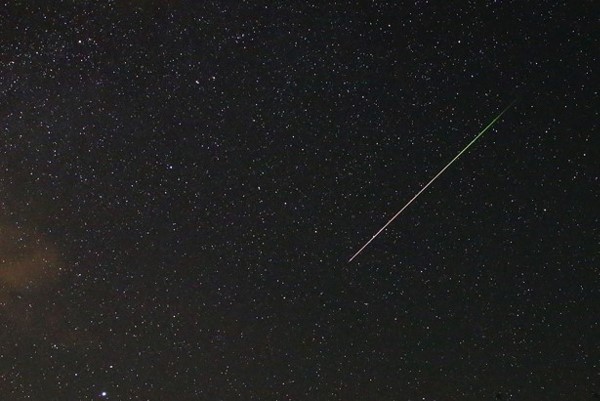
So, was there any good news this month? Actually, yes! Remember Explorer 12, which launched two weeks ago? It has already returned so much data that scientists are overwhelmed. Explorer will keep broadcasting, but ground stations are only going to listen periodically. The data already suggests that there is a sharp decline in Earth's magnetic field 50,000 miles up in the direction of the Sun, as if the two celestial bodies are fighting each other to a standstill out in space. Explorer 12 will stay up for a year, and the scientific harvest is bound to be a bumper crop.
In fact, it's important to remember that there are still a bevy of probes still beep-beeping away, carrying out scientific missions: Tiros 3, Explorer 9, Explorer 11, Echo 1, even the venerable Vanguard 1. We did lose one of the family recently, however. Explorer 7 went off the air on August 24 after nearly two years in space.
But that's nearly 100 in satellite years, right?
Next up… the Galaxy!







